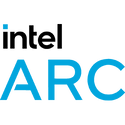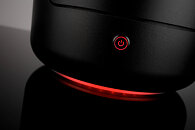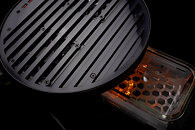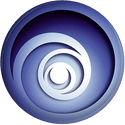Elden Ring Update 1.09 Brings Ray Tracing
FromSoftware and Bandai Namco have released a new major patch for Elden Ring, implementing ray tracing on PC, PlayStation 5, and Xbox Series X, as well as adding some gameplay improvements and fixing some bugs. Unfortunately, the game still does not support any upscaling technologies, so there is no support for DLSS or FSR, meaning that those ray tracing effects will have a rather high impact on frame rates.
The ray tracing patch for Elden Ring was announced back in November last year, and it certainly took a while before it was implemented. As detailed earlier, the ray tracing update for Elden Ring adds ambient occlusion and ray traced shadows, but does not include ray traced reflections.
The ray tracing patch for Elden Ring was announced back in November last year, and it certainly took a while before it was implemented. As detailed earlier, the ray tracing update for Elden Ring adds ambient occlusion and ray traced shadows, but does not include ray traced reflections.




























































